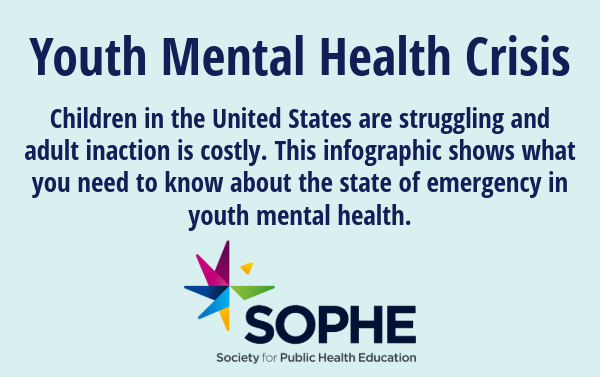Suicide Prevention

Suicide is a Public Health Issue
As a leading cause of death in the United States, suicide is not just an issue for select individuals but a public health issue that demands attention. In 2022, nearly 50,000 lives were lost to suicide, 13.2 million adults reported seriously considering suicide, and 1.6 million adults reported making a suicide attempt.1 From 2000 to 2022, age adjusted suicide rates increased approximately 36%.2
Disparities in social, environmental, and economic risk factors mean that certain populations are disproportionately affected by suicide. This includes Veterans, racial and ethnic minority groups, LGBTQI+ populations, people with disabilities, youth, and older adults.
While clinical populations can be particularly at risk, many of the factors which contribute to suicidal behavior are non-medical. Economic instability and community violence are both examples of conditions that can increase a population’s vulnerability to suicidal behaviors.1 To account for these social determinants of health, a comprehensive and effective approach to suicide prevention must include public health professionals working at the population level.
Prevention is Possible
One of the most important ways public health professionals and organizations can help make prevention possible is their role in upstream prevention. As part of a comprehensive approach to suicide prevention, upstream prevention focuses on the social determinants of health that influence a population’s vulnerability to suicidal behaviors. The goal of moving upstream is to create an environment that promotes resilience, reduces risk factors, and stops suicidal thoughts and actions before they occur.
Risk and protective factors, and their impact on outcomes, vary by community, making it incredibly important that prevention efforts complement existing community programs and involve members of the community with lived experience. Below are some examples of ways to increase protective factors and help reduce vulnerability to suicidal behaviors.
- Promoting Healthy Connections
- Engaging community members in shared activities
- Instituting peer support programs for adolescents
- Strengthening Economic Supports
- Via housing stabilization programs
- Increasing unemployment support practices
- Teaching Coping and Problem-Solving Skills
- Supporting early social-emotional learning programs
For more information and examples of these principles being applied, visit the CDC’s Suicide Prevention Resources for Action at https://www.cdc.gov/suicide/resources/prevention.html.
Being an Advocate for Suicide Prevention
Your voice matters! As with many public health initiatives, suicide prevention efforts are often reliant on federal and state funding. Petitioning your elected officials is another way you can help make prevention possible. Below are some examples of policy changes that have been shown to reduce fatal outcomes related to suicide.
- Reducing Access to Lethal Means1
- Infrastructure preventing immediate access to environmental means
- Safe storage laws
- Grant funding for the 988 Suicide and Crisis Lifeline1
Responding in a Crisis
If you, or someone you know, is in crisis, contact the 988 Suicide and Crisis Lifeline. 988 is confidential, free, and available 24/7/365.
- Call or text 988
- Chat at 988lifeline.org
Risk of suicide is higher for people who have recently lost a friend, family, or community member to suicide. In the aftermath of a death by suicide, programs that support loss survivors are incredibly important in preventing subsequent harm. The type of support a community may need differs based on its needs and strengths. Below are two examples of approaches that have been shown to help reduce future suicide risk.1
- Postvention initiatives for survivors of loss, such as face-to-face outreach and support groups
- Safe public messaging and reporting concerning suicide, emphasizing that suicide is preventable and focusing on positive coping strategies
For resources and information on coping with suicide loss, visit the American Foundation for Suicide Prevention’s Resource and Healing Guide at https://afsp.org/ive-lost-someone/.
From our Journals
Journal Self-Study
References
1 CDC. (2022). Suicide Prevention Resource for Action: A Compilation of the Best Available Evidence. Atlanta, GA: National Center for Injury Prevention and Control, Centers for Disease Control and Prevention.
2 U.S. Department of Health and Human Services (HHS), National Strategy for Suicide Prevention. Washington, DC: HHS, April 2024.
Related Resources
Locating and Understanding Data for Suicide PreventionThe Suicide Prevention Resource Center offers the free online course Locating and Understanding Data for Suicide Prevention. The course explores a variety of commonly used data sources for information on…
No details.
